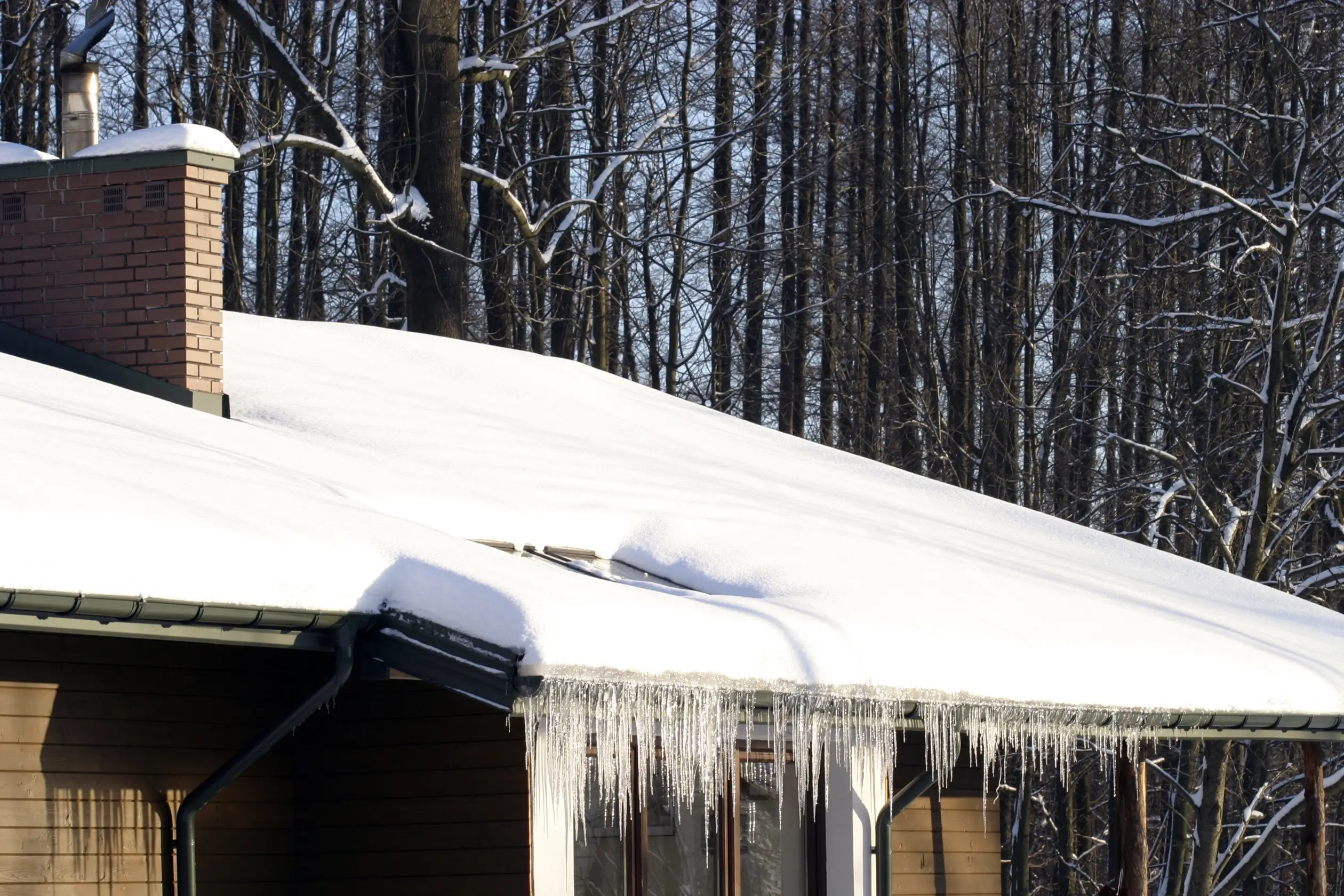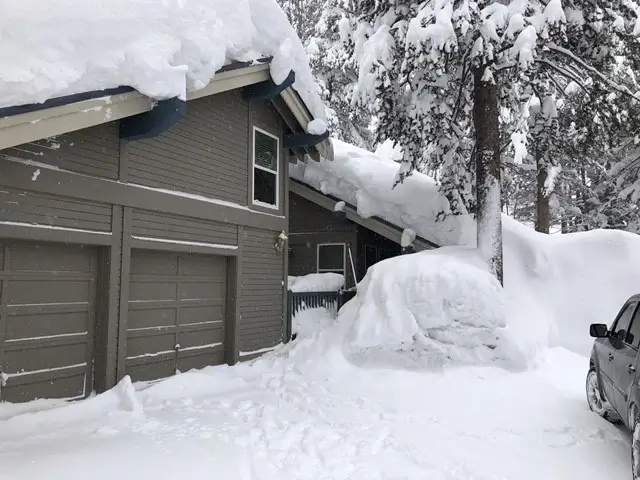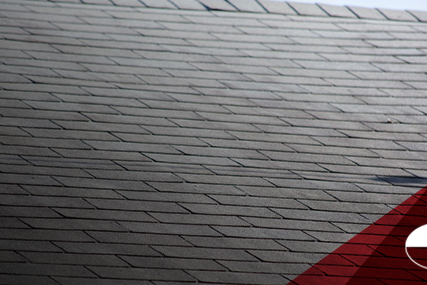Winter Threats of Ice Dams and Snow Loads on Roofs

Winter Threats of Ice Dams and Snow Loads on Roofs
Policyholders in colder regions brace themselves for the various challenges that the weather presents. Ice dams and snow loads stand out for the potential damage they can cause to homes and businesses and their implications for insurance claims. Insurance professionals should better understand these cold temperature-related issues to ensure they can effectively handle resulting claims.
Ice Dams: Causes and Consequences
An ice dam results from a unique interplay between snow accumulation on rooftops and heat escaping from poorly insulated or poorly ventilated attics. When snow on the roof is warmed due to this escaping heat, it melts and, upon reaching the colder edges or gutters of the roof, refreezes to form an ice dam. The reasons behind the formation of these ice dams are often traced back to inadequate insulation and air-sealing that allow heat and warm air into the attic, and poor attic ventilation, which leads to uneven roof temperatures and to the snow melting and refreezing.
The consequences of these ice dams vary. As the ice dam grows, it traps water behind it. This trapped water can then find its way into homes, damaging walls, ceilings, and insulation. Over time, continuous water intrusion can result in structural weakening, posing long-term threats to the building’s integrity. Furthermore, the dampness caused by water intrusion provides an ideal environment for microbial growth, which can cause serious health risks.
Icicles forming at the edges of the roof are signs of potential ice damming.
Snow Load Threats
Snow load, defined as the downward force exerted on a building’s roof due to the weight of accumulated snow and ice, is another major concern. Factors such as rapid snow accumulation in a short period; rain falling on accumulated snow, which adds to the weight; and specific roof designs make some buildings more susceptible to damage from snow load than others. If left unchecked, an excessive snow load can lead to devastating consequences like roof collapses. Also, if not effectively drained, melting snow can lead to water seepage and leaks, causing internal damage.
This snow could strain the roof structure, and the icicles signal a potential for ice dams.
The Role of Roof Slope in Snow Loads and Ice Dams
The design of a roof can play a pivotal role in either exacerbating or alleviating issues related to snow accumulation and ice dams. For instance, homes with low-slope roofs often face higher risks. Such roofs tend to retain more snow and are more prone to ice dam formation due to their reduced ability to allow snow to slide off naturally.
Signs of Ice Damming and Excessive Snow Load
Detecting early signs of ice dams or excessive snow loads can significantly prevent severe damage. Some indicators that a house might be experiencing ice damming include the formation of icicles on the roof edge, visible ice buildup behind the gutters, or water stains on interior walls or ceilings. For snow load, warning signs include visibly sagging roofs, paint that appears cracked or is popping out, or sudden difficulty in opening or closing windows and doors because of structural shifts in the building. Check out our comprehensive guide to learn more about ice dams and snow load.
Large snow loads on top of this house could strain the roof’s structural integrity.
Addressing Damages
When claims adjusters encounter potential damage caused by snow loads or ice dams, determining the root cause and severity of the damage is critical to deciding on next steps for a claim. While policyholders might see the visible effects, the underlying factors determine if the damage resulted from cold conditions. Don’t leave such evaluations to chance. Reach out to Donan Engineering for a comprehensive and accurate assessment of damages. Our expertise in property damages ensures that claims adjusters and policyholders are well-informed and guided through the process.
Submit an assignment to Donan Engineering today to ensure your claims assessments are backed by unbiased conclusions based on the scientific method.
Don’t miss insurance-focused resources and webinars about property, perils, and trends impacting claims nationwide by signing up for The Savvy Adjuster Newsletter.
Be sure to also tune in to The Savvy Adjuster Podcast to hear more from the experts themselves.
Save Your Copy of the Ice Dam Guide
Related Resources
Up on the Housetop: Ice Dams and Snow Loads Guide
Severe winters in some parts of the country lead to ice and snow accumulating on rooftops. Excessive or unevenly distributed weight from these loads can cause roofs to sag, leak, or even collapse.
Adjusters’ Introduction to Foundation Loads and Types Guide
Foundation damage is a frequent reason for claims. Here’s what you should know about various types and common causes of loss.
Identifying Hail Damage to Asphalt Shingle Roofs
Each year, thousands of property owners experience hailstorms and report damaged roof shingles. It’s critical to know what to look for to verify hail damage.






